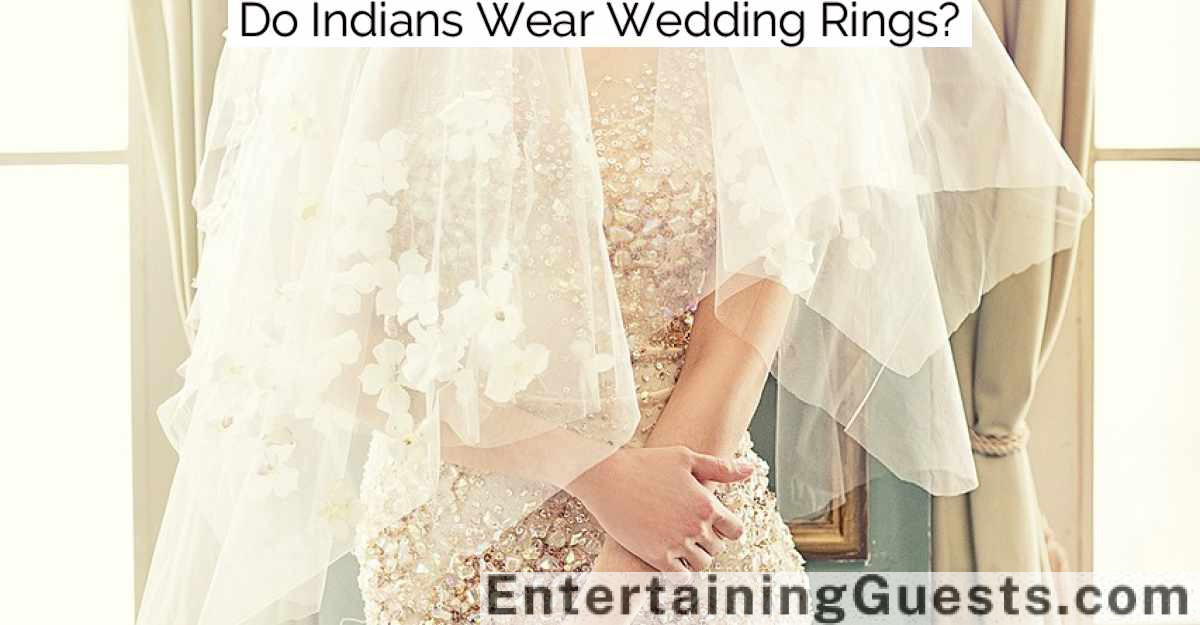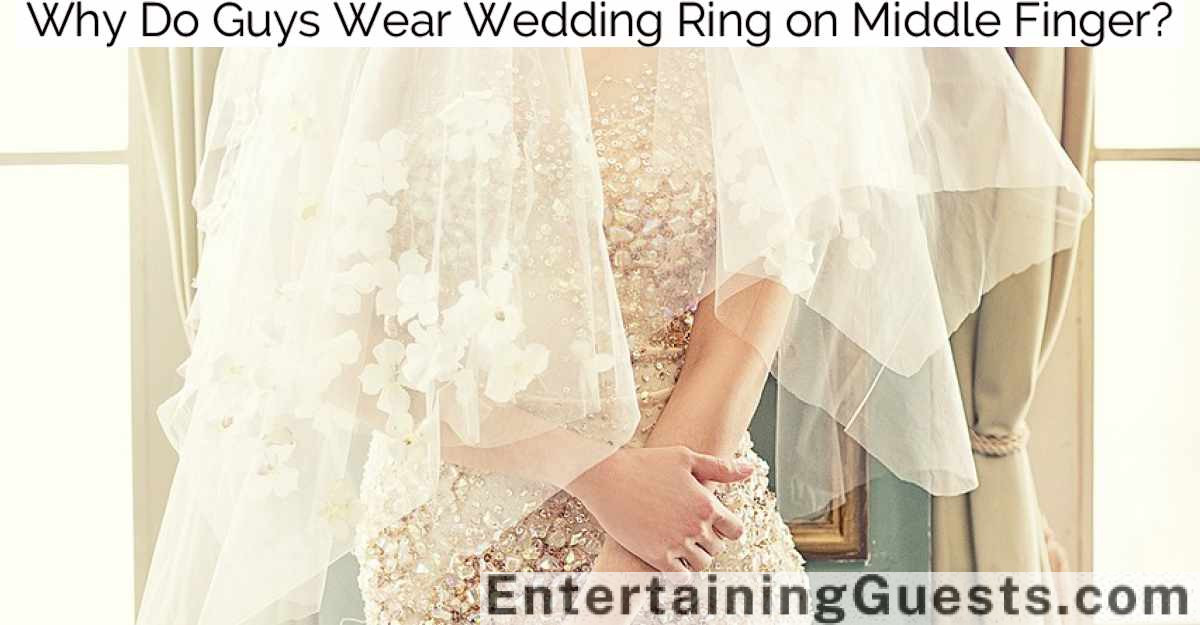Yes, Indians do wear wedding rings, although it is not a traditional practice in all regions.
In customary Indian weddings, other symbols such as the ‘mangalsutra’ in the South or ‘shaakha’ and ‘paula’ bangles in West Bengal are more significant.
Yet, with the increasing influence of Western culture, the exchange of wedding rings has become more common among Indian couples.
This trend is visible during both engagement and wedding ceremonies, illustrating a fusion of traditional cultural elements with modern romantic ideals.
This incorporation of wedding rings represents a notable change in how contemporary Indian marriages signal a lifelong commitment, blending old customs with new influences in the evolving landscape of Indian matrimonial celebrations.
Historical Overview of Indian Marriages
Indian marriages, rooted in a tapestry of rituals and traditions, have evolved considerably over thousands of years. Originally, these unions were mostly arranged, emphasizing familial bonds and social alliances rather than individual choice. The ceremonies, steeped in Vedic rituals dating back to around 1500 BCE, highlight the sanctity and significance of marital bonds recognized by society and the divine.
Over the centuries, the structure of Indian marriages has seen substantial shifts influenced by socio-political changes. During the medieval period, the emergence of various empires introduced new customs and intermingling of different cultural practices. Marriages began to incorporate more regional and community-specific rituals, reflecting the diverse mosaic of Indian culture.
In modern times, there’s been a significant transformation in how marriages are perceived and practiced. Young Indians are increasingly prioritizing personal choice and love in their marital decisions, a shift supported by the growing influence of global ideas about romance and partnership through media and technology.
Yet, despite these changes, the core essence of traditional ceremonies, with their deep-rooted symbolic actions and chants, continues to hold a significant place in the hearts and practices of many. This blend of the old and the new encapsulates the dynamic, evolving nature of Indian matrimonial traditions.
Regional Variations in Marital Symbols
As the tapestry of Indian marriages evolved, so too did the symbolic elements within these ceremonies, reflecting a rich array of regional differences.
In the southern states like Tamil Nadu and Kerala, the ‘thali’ or ‘mangalsutra’, a sacred necklace, signifies marital commitment. Intricately designed, it varies extensively in its make and symbolism, often incorporating local motifs and materials.
Conversely, in West Bengal, brides wear ‘shaakha’ and ‘paula’, white and red bangles made of conch-shell and coral, symbolizing the bride’s new journey.
Moving north, Punjabi brides typically adorn ‘chooda’, a set of red and ivory bangles, gifted by the bride’s maternal uncle. This tradition encapsulates blessings and good wishes for the married life ahead.
Meanwhile, in Rajasthan, the ‘borla’, a spherical-shaped maang tikka, reflects the marital status of women and is deeply embedded in local folklore and aesthetics.
Each region’s choice of marital symbols is steeped in historical contexts, local myths, and spiritual beliefs, offering a window into the cultural uniqueness of Indian matrimonial traditions.
These symbols aren’t just ornaments but are imbued with deep meanings, safeguarding and celebrating the sanctity of marriage.
Influence of Western Traditions
Western traditions have increasingly permeated Indian wedding ceremonies, introducing the practice of exchanging wedding rings as a symbol of lifelong commitment.
Historically, Indian weddings have centered around intricate rituals like the Saptapadi or the tying of the mangalsutra, which differ from the Western custom of ring exchanges. However, as global cultural exchanges intensify, Indian couples often blend these traditions, adopting the ring ceremony as a complement to their indigenous customs.
The entry of the wedding ring into Indian marriages marks a fascinating evolution influenced by cross-cultural interactions. It’s not just an adaptation but a melding where both Western and Indian elements find mutual expression.
Rings are now often exchanged during the engagement ceremony, known as the ‘ring ceremony’ or ‘sagaai’, which has become a prelude to the traditional wedding rituals. This inclusion reflects a broader acceptance of global customs, reshaping traditional Indian matrimonial celebrations.
Moreover, the adoption of wedding rings also symbolizes a shift in societal attitudes towards marriage itself. It’s a move towards personal choice and the romantic ideals often portrayed in Western media, which resonate with contemporary Indian couples seeking to personalize their unions.
This trend underscores a deeper integration of Western practices within Indian society, reflecting changing ideologies about marriage and partnerships.
Modern Trends in Indian Weddings
Reflecting the dynamic nature of cultural practices, modern trends in Indian weddings haven’t only embraced Western influences but have also sparked innovations that cater to contemporary tastes and lifestyles.
Couples are increasingly opting for personalized ceremonies that blend traditional elements with modern aesthetics. For instance, the attire has evolved from the conventional red saris and sherwanis to include a variety of colors and contemporary designs, often influenced by Bollywood and international fashion trends.
Destination weddings have gained popularity, with locales ranging from royal palaces in Rajasthan to exotic beaches in Goa, offering unique experiences that are both lavish and intimate.
Technology plays a vital role, with drone photography, innovative wedding apps, and live streaming services becoming standard to cater to dispersed families across the globe.
Moreover, eco-friendly weddings are on the rise, with couples making conscious choices such as digital invitations, organic decor, and locally-sourced vegetarian cuisines. This shift not only reflects environmental concerns but also aligns with the traditional Indian principle of ‘ahimsa’ (non-violence).
These modern adaptations reveal a fascinating interplay between preserving heritage and embracing global trends, ensuring that each wedding is both a personal and cultural statement.
Future of Marriage Customs in India
Looking toward the future, marriage customs in India are poised for significant transformation as societal norms continue to evolve. The increasing influence of globalization and the internet are reshaping perceptions, especially among the urban youth, who now envisage a marriage that balances traditional values with modern ideals.
There’s a growing acceptance of inter-caste and inter-religious marriages, suggesting that love is gradually taking precedence over long-standing societal barriers.
Moreover, the role of women in Indian marriages is undergoing a profound change. As more women pursue higher education and careers, they’re advocating for equality in their marital relationships. This shift is likely to influence practices such as dowry, which might see a decline as women’s financial independence increases.
The digital landscape is also playing a pivotal role in how matrimonial alliances are formed. Online matrimonial sites, once a novel concept, are now mainstream, offering more autonomy in choosing a partner. This trend is expected to strengthen, making arranged marriages more transparent and consensual.
As India continues to evolve, its marriage customs will likely reflect a blend of respect for tradition and an embrace of more liberal, individualistic values. This evolution will shape not just the ceremonies but the very foundation of marital life.
Conclusion
To summarize, Indian weddings have evolved considerably, incorporating both age-old customs and newer Western influences. While traditional symbols like the mangalsutra remain prevalent, wedding rings have gained popularity, especially in urban areas. This blend of old and new reflects India’s dynamic cultural landscape, where heritage and modernity coexist seamlessly. As societal norms continue to shift, it’s likely that these marriage customs will further adapt, shaping the future of matrimonial traditions in India.







